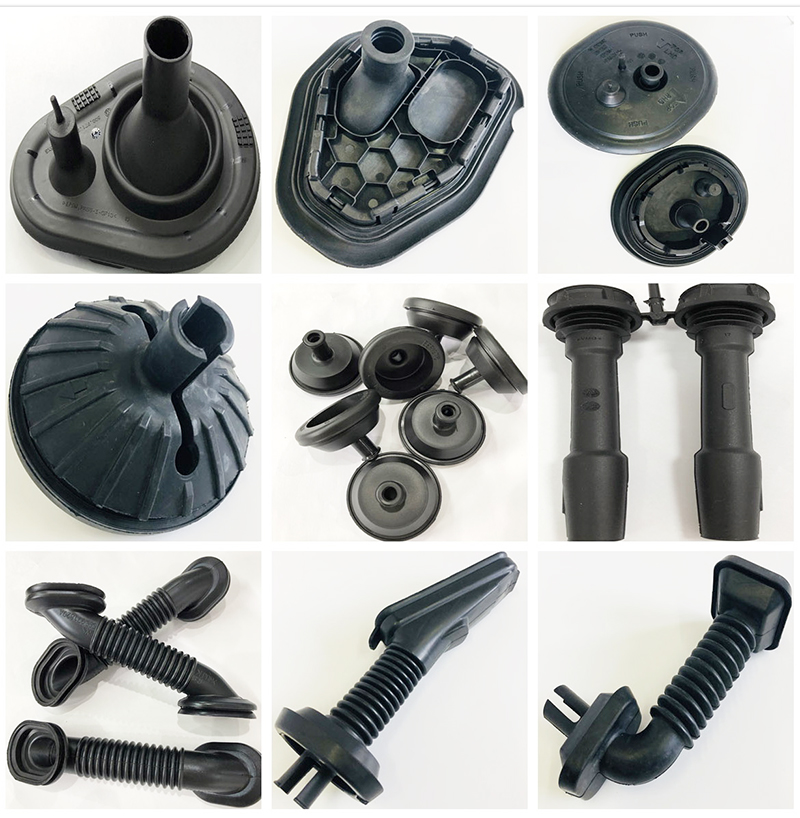

What are the different types of rubber molding?
There are three commonly used different types of rubber moulding:
·Rubber injection moulding
·Transfer moulding
·Compression moulding

What is rubber injection moulding?
Created as an extension of the plastic industry in the 1960s, rubber injection moulding is a process where a heated rubber compound or material is injected into a closed mould under high pressure.
The rubber injection moulding process can be performed with a range of rubber materials, including silicone, neoprene, nitrile and EPDM, and has enabled manufacturers to create a variety of moulded rubber products.
Advantages of rubber injection moulding
There are a range of benefits that come from rubber injection moulding, such as:
·Minimal material wastage
·Fast cycle times
·Fast production time
·High dimensional tolerances.
Disadvantages of rubber injection moulding
While there are many benefits of using the rubber injection moulding, as with most manufacturing processes, there are some disadvantages:
· Increased setup costs
·Restrictions on the design of the tool and ultimately the finished part
·The requirement of more expensive tooling and machinery.
What is compression molding?
One of the original and simpler moulding processes, compression moulding works through the combination of heat and pressure to mould rubber into the shape of the metal tool.
The rubber is shaped using a heated mould tool and the pressure of a clamping press. The curing – or vulcanisation – process occurs before the removal process of the final part and cooling.
Advantages of compression molding
·Low levels of wastage
·Simpler tooling and more cost-effective when compared to injection moulding
·Most suitable for parts with a large cross-sectional area
·Greater capacity to process stiff, high durometer materials.
Disadvantages of compression molding
· More difficult to maintain consistency of finished parts
· Slower processing times
What is transfer moulding?
The transfer moulding process starts with the raw materials being prepared as ‘pre-forms’ that are then inserted into a pot internal to the mould tool. The mould is then forced through a runner and gate system and then vulcanises upon the introduction of heat and pressure.
This process is similar to injection moulding since the rubber goes into the cavity after the mould is secured.
Advantages of transfer moulding
·Transfer moulding is more accurate and consistent than compression moulding
·There is a short manufacturing phase than compression moulding because multiple cavities can be used
Disadvantages of transfer moulding
·There is more chance of material wastage
·Inserted transfer moulding tools require repair time, removal, and reset maintenance
·Designing of the intricate moulds can be costly









